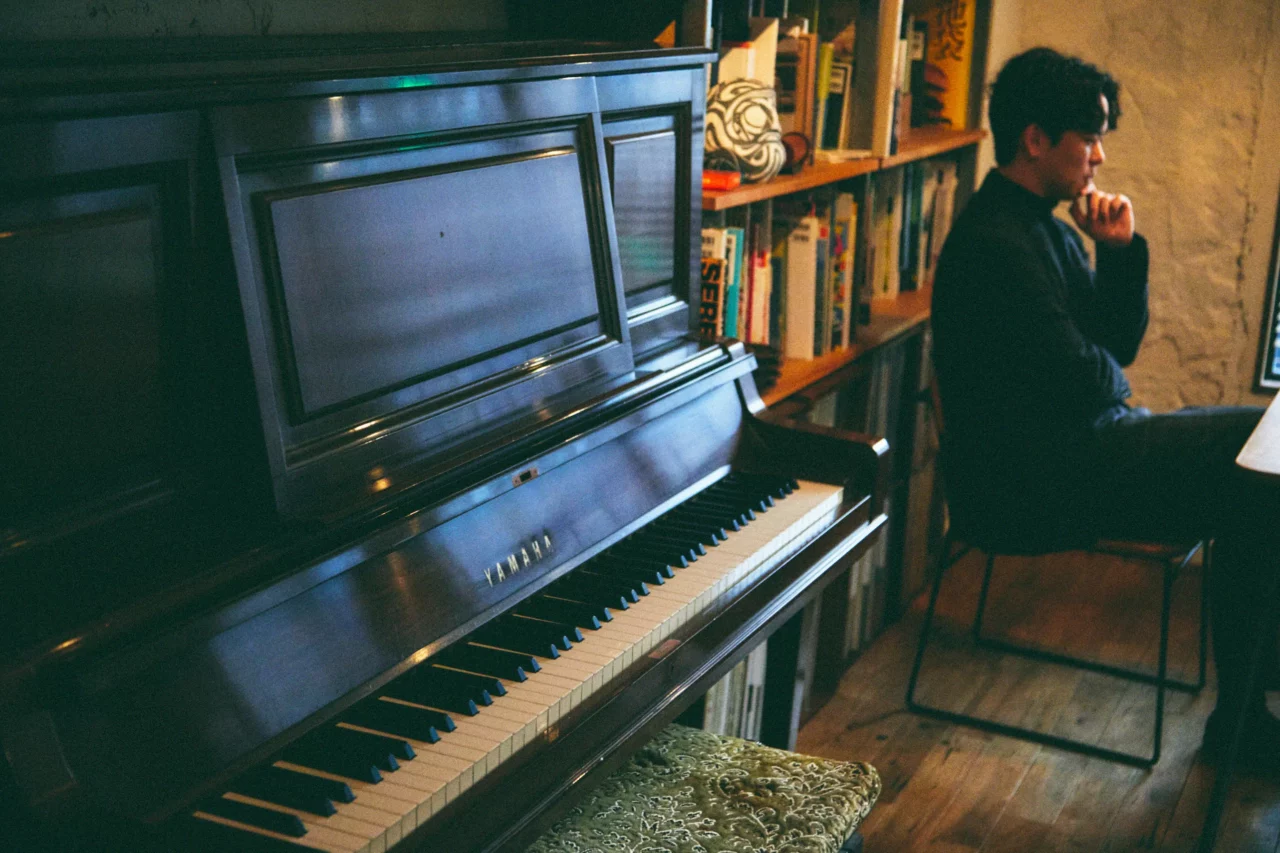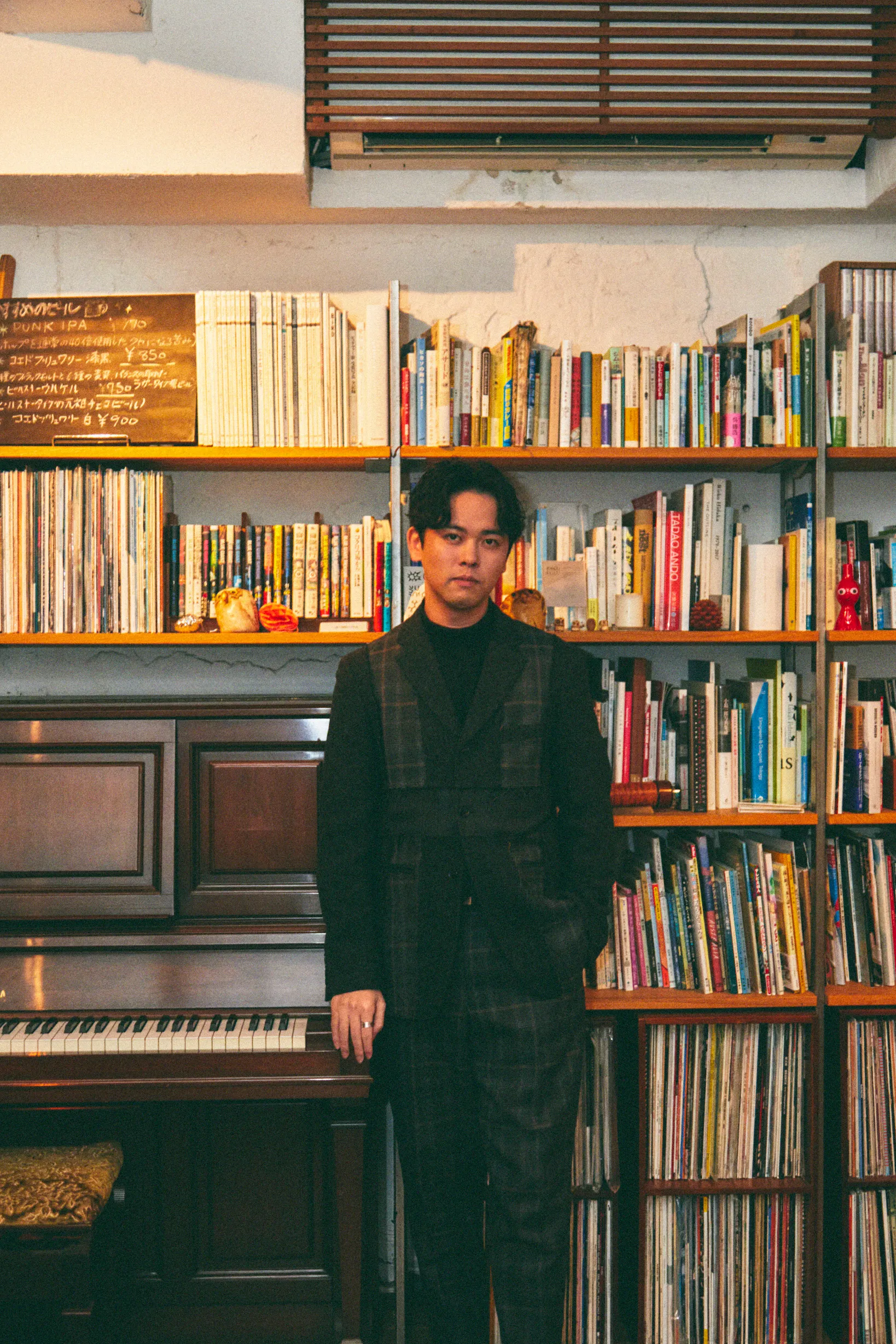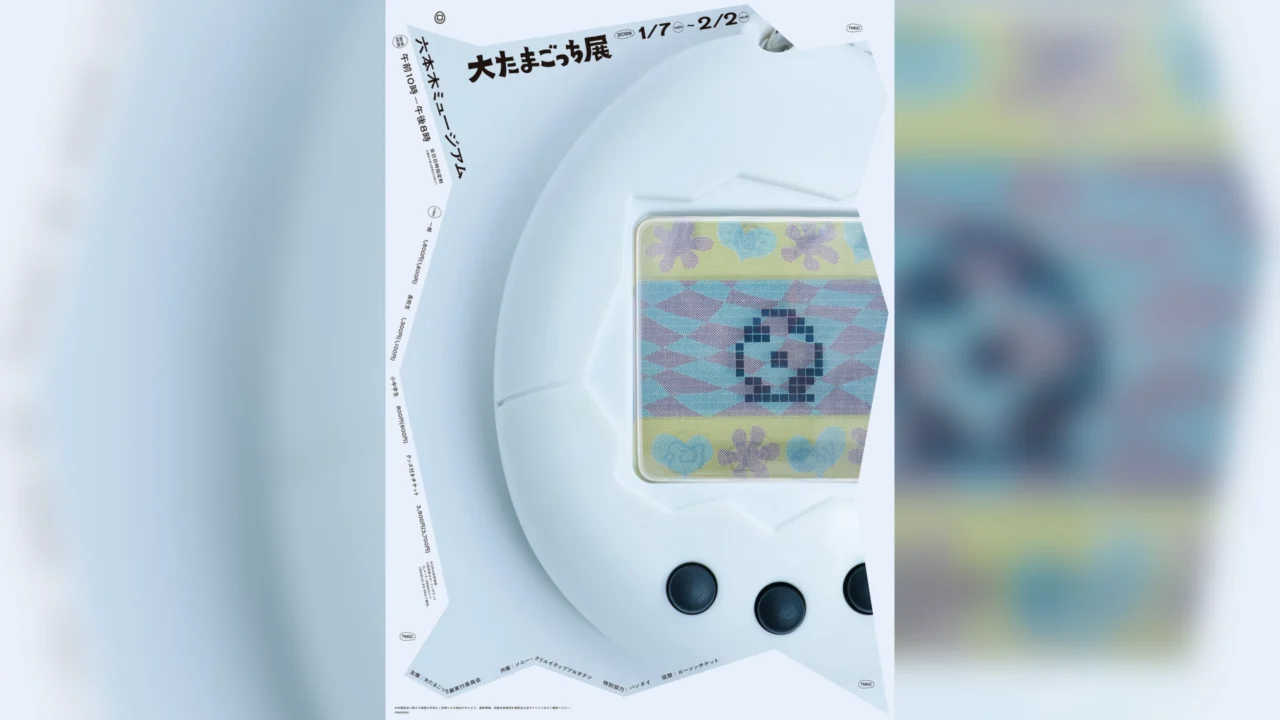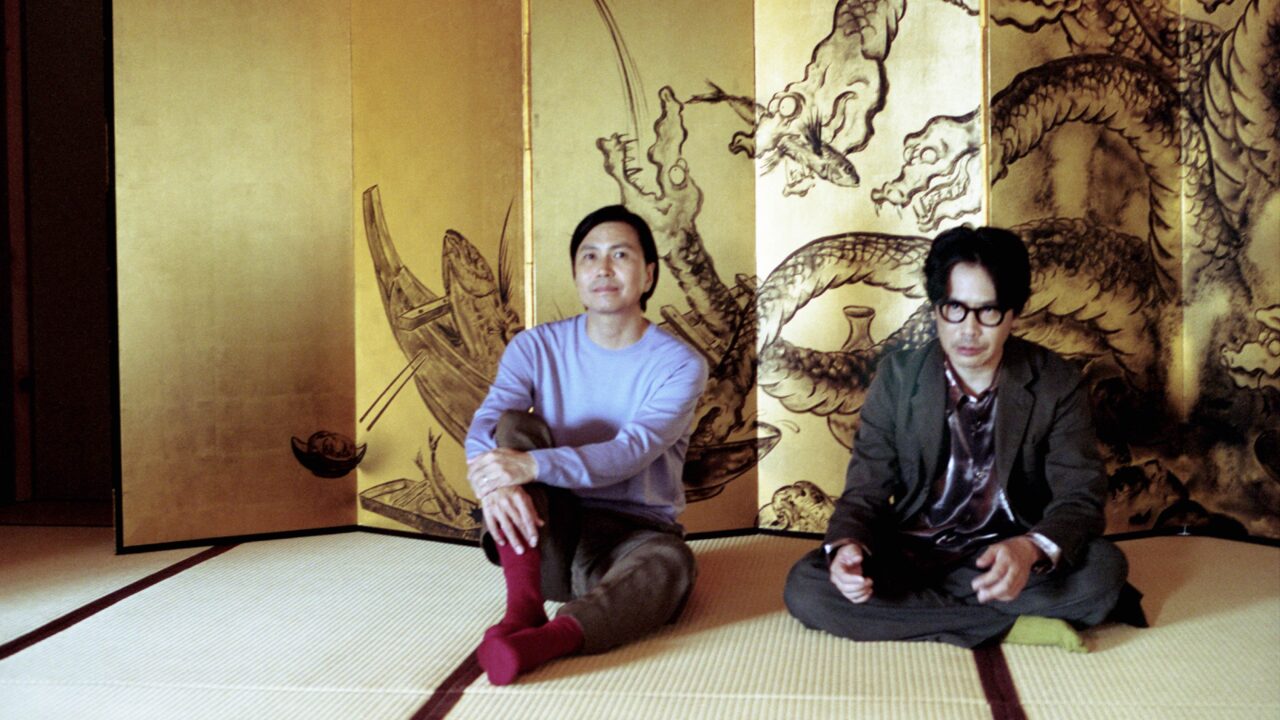INDEX
Focusing on Achieving a “Good Sound” on the Piano
In a previous interview, you mentioned, “When we made our first album, ‘Sphere,’ I couldn’t even think about things like which mic to use. But over time, working with everyone, I’ve been able to expand what I can do, and I feel like I can now draw out various colors from keyboard instruments.” Do you feel that you were able to materialize the sound you wanted with more clarity this time?
Ezaki: Absolutely. When we first formed WONK, I hadn’t really thought deeply about the sound of the piano. As a jazz pianist, I was in an environment where playing the piano as it is was the norm, so I didn’t have the awareness of “shaping my own sound.” But as I gained more recording experience, the image of “what kind of instrument I want to play” and “what kind of sound I want to create” became clearer and clearer.
For Shades of, I used a variety of pianos—upright, grand, and even electronic sounds—while carefully considering the intent behind each sound. I also had the piano at STUDIO Dede, which I’ve always used, re-felted to my specifications (laughs). In the past, I thought just tuning it properly was enough, but I realized that small details, like noise textures, can sometimes lead to a “better sound.” My approach to the piano and my awareness of it have completely changed from before.
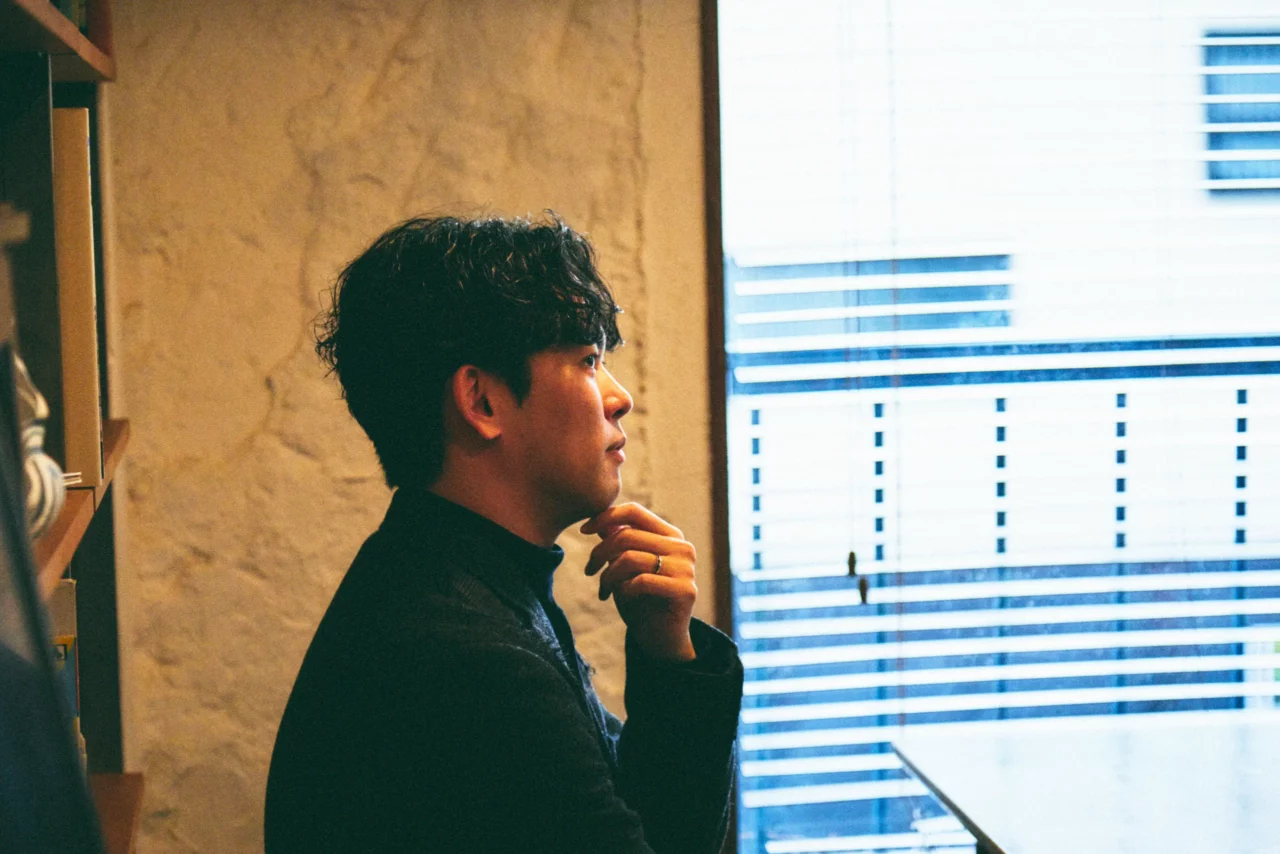
Are there any influences from artists like Nils Frahm and Ólafur Arnalds, who were mentioned in today’s Yamaha Music Members Plus video, on the acoustical aspects of the piano sound and performance beyond just the playing itself?
Ezaki: They are both performers and composers, but what inspires me the most is their approach not just as players, but as sound designers who carefully craft the acoustics as part of the recording art. Come to think of it, the organizer of THE PIANO ERA 2024, which I recently participated in, mentioned, “I always gather eccentric pianists.” Almost all the artists who performed there were not only players but also sound designers. Some even brought metal plate microphones from Europe and experimented by placing them inside the piano during tuning to record the internal sounds.
In Japanese concert halls, there’s a strong focus on having a designated tuner bring the piano to its best state, which makes it difficult to approach sound acoustically. The notion that a piano must be played “beautifully and correctly” is still quite prevalent, but I believe that if there’s more room for free thinking, it could open up even more possibilities for expression.
Did your increased awareness of tone and sound production come primarily from your solo activities?
Ezaki: Actually, it was more influenced by the bands and the J-pop artists I’ve worked with as a guest performer. Being inspired by them, I started to think more deeply about the sound of the piano, which eventually led me to the desire to try doing something solo. So, if I had been working solo from the start, I might still just be a player focused solely on the keyboard.
